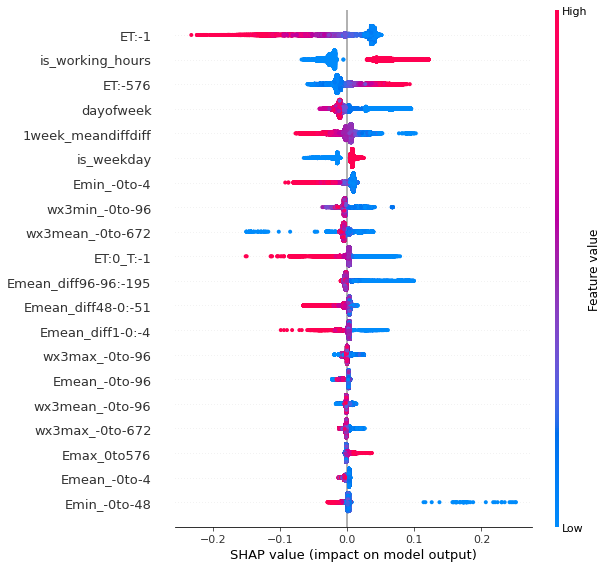Written by: Chua Chiah Soon, Li Zhaochen, Lin Min Htoo, Quah Jia Yong, all NTU students from Singapore.
This article summarises the approach we used to win the Deep Learning Datathon jointly organised by Nanyang Technological University Singapore & ai4impact. For any queries, do reach out to us on LinkedIn.
Here is an outline of our article:
- Introduction
- Objective & Metrics of success
- Exploratory Data Analysis (EDA)
- Data Cleaning
- Research methodology
- Convert 1d time to 2d time
- Windowing
- XGBoost SHAP Feature Importance Values
- Results & Discussion: Features
- Results & Discussion: Model
- Our model’s strengths & weaknesses
- A note on interpretable machine learning
- Conclusion
Introduction
Matching electrical energy consumption with the right level of supply is crucial, because excess electricity cannot be stored, unless converted to other forms, which incurs additional costs and resources. At the same time, underestimating energy consumption could be fatal, with excess demand overloading the supply line and even causing blackouts. Clearly, there are tangible benefits in closely monitoring the energy consumption of buildings — be they office, commercial or household.
#forecasting #data-science #ai #deep-learning #machine-learning
